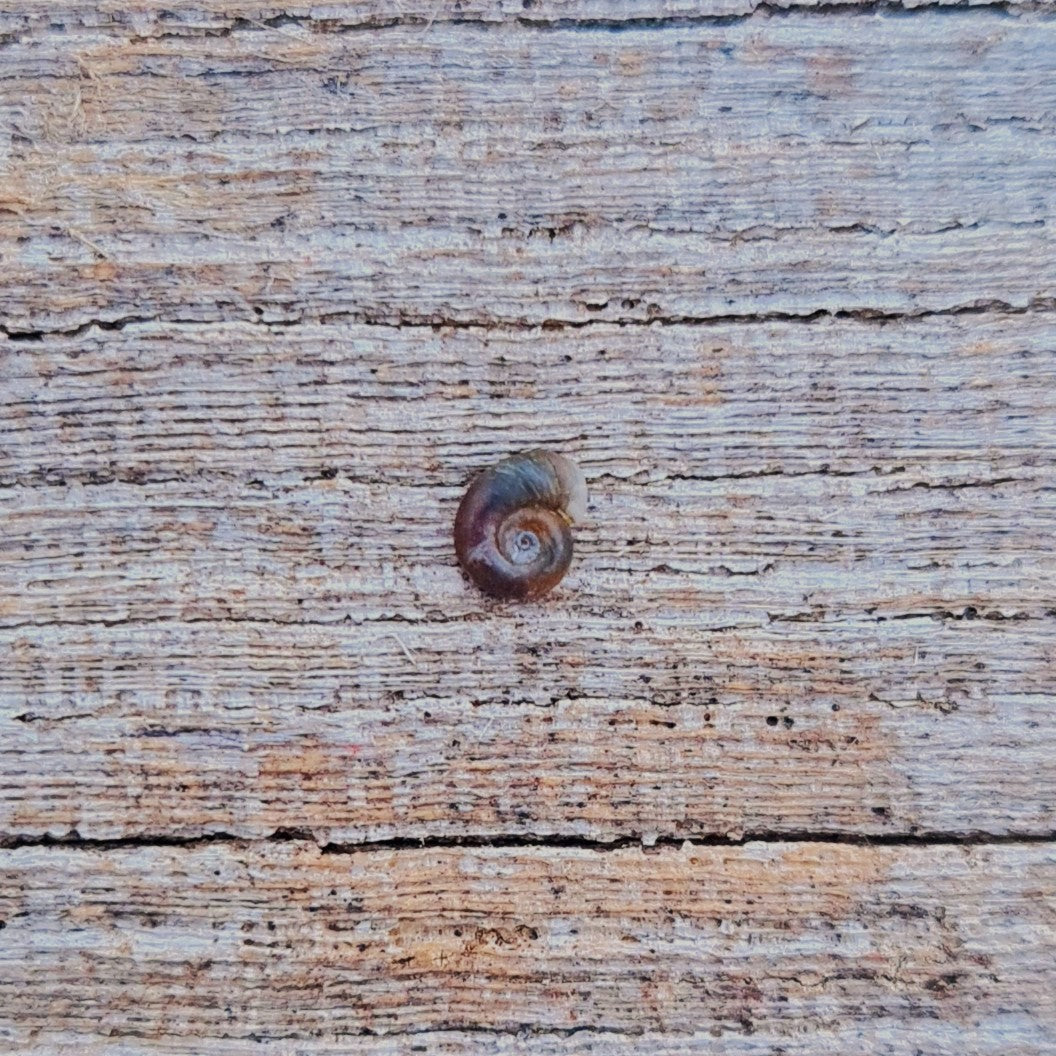
The smallest snail in the world?
F. MattierShare
It is now known that an aquarium in which aquatic snails are present balances more easily.
This is due to the fact that cycles struggle to establish themselves in the presence of fish, as they devour all microfauna whose role in nature is precisely to degrade organic matter, in order to then deliver it to bacteria. One link is missing: that of the "detritivores".
It turns out that aquatic snails are quite good detritivores, and that their shell protects them to some extent from fish.
It is therefore logical that the aquariums in which snails live are more stable.
But some people find them unaesthetic. Others, for example for nano aquariums, regret their excessive size.
It is true that if waste is abundant, the population of snails adapts to this abundance. In case of food shortage, on the contrary, snails become rarer.
In natural aquaristics, we make sure to prioritize non-exotic snails, in order not to release invasive species into the wild. The melanoid is an exception, as it does not survive the winter in our regions. But the example of the apple snails, whose sale had to be banned in 2012 (and even free exchange), shows that caution must take precedence.
"Especially since there is no shortage of risk-free species: the bladder snail, for example, is the most popular small snail. Effective, small (less than one centimeter), fun (it sometimes swims on its back!), it spares the plants and eats algae."
But the ramshorn snail is also appreciated. More spectacular, because larger, it exists in several mutations (pink or blue), even if its natural brown version remains superb.

Above all, it is now also possible to introduce one of the smallest snails in the world into your aquarium or pond! I named the planorbids.
Tiny snail of the genus "Gyraulus", this tiny aquatic snail exists in our regions.
"Almost impossible to find in stores, I discovered it in a water source in 2016. It took me several years of breeding away from any fish (this to eliminate any potential parasites) to have a healthy strain."
It is a very rare curiosity, as some closely related species are protected and very difficult to differentiate.
This snail measures only a few millimeters in diameter and barely 1 mm in thickness! It is found in the algae that it feeds on. It also eats (given its size) the bacterial films that cover stones, glass, and plants. It is practically unknown to aquarists to this day because industrial breeding does not know how to multiply it.
"It can be present in large numbers without us noticing its presence. It therefore works very discreetly and gives the impression that the aquarium is made up only of plants and fish!"
"If he manages to sneak into the filter, let him do it: he will find everything he loves there and prepare food for the bacteria!"
Last detail that matters: it does not fear winter and lives without problem in an outdoor pond all year round.
So make a (very small) place for it in your aquariums, and prepare your magnifying glasses to observe it in all its superb details!



